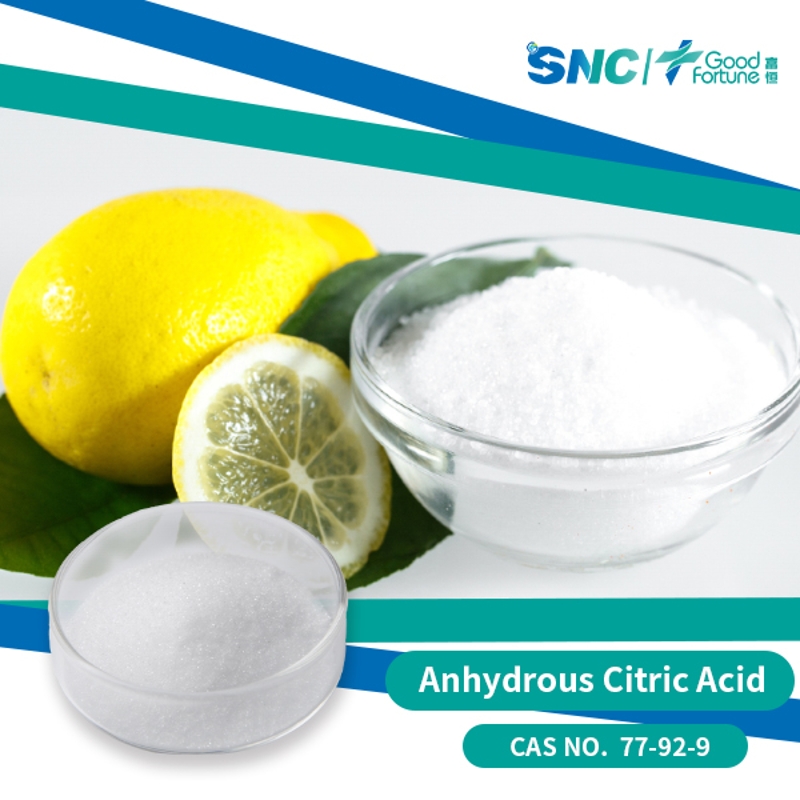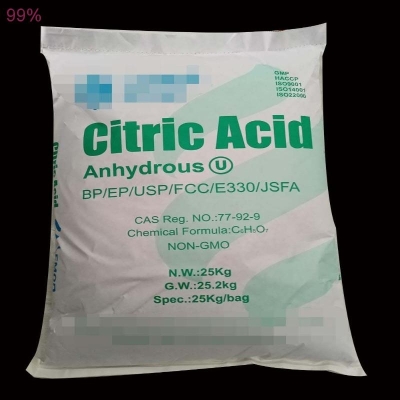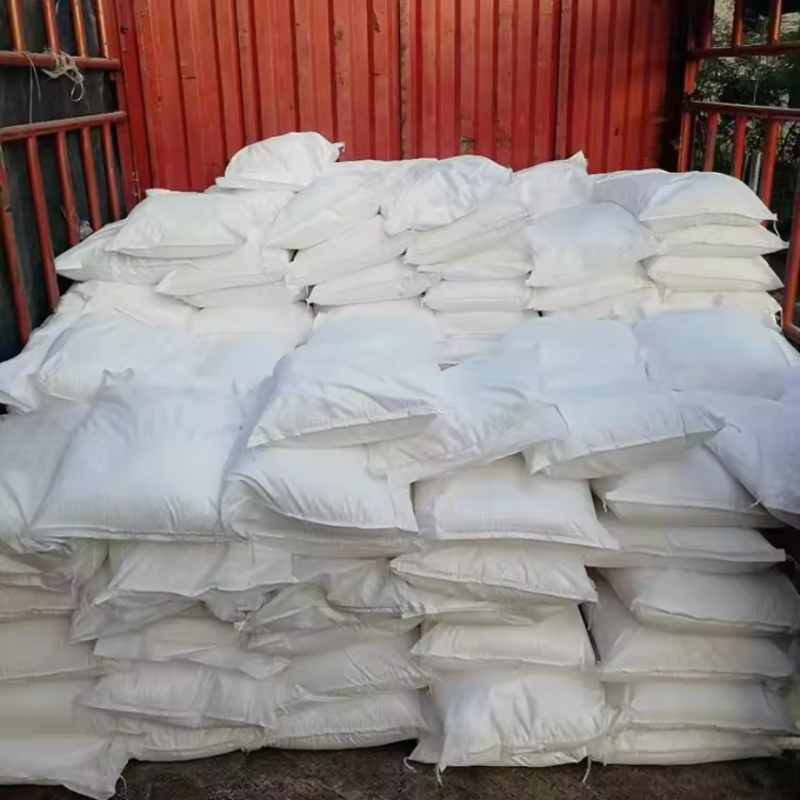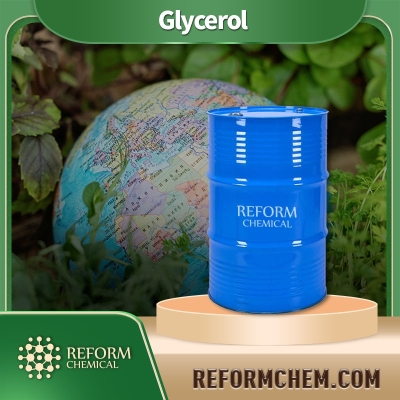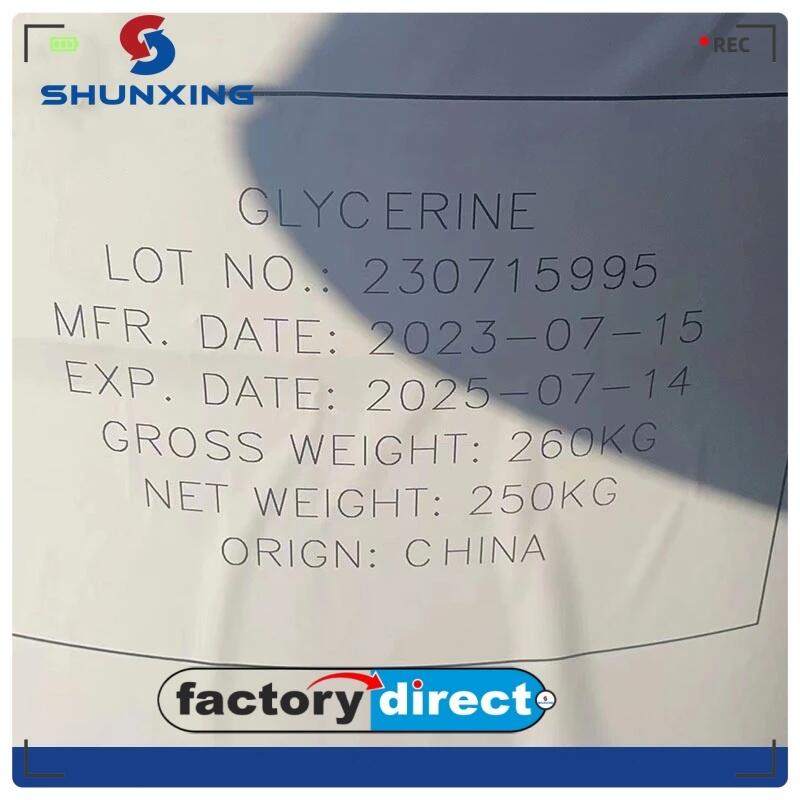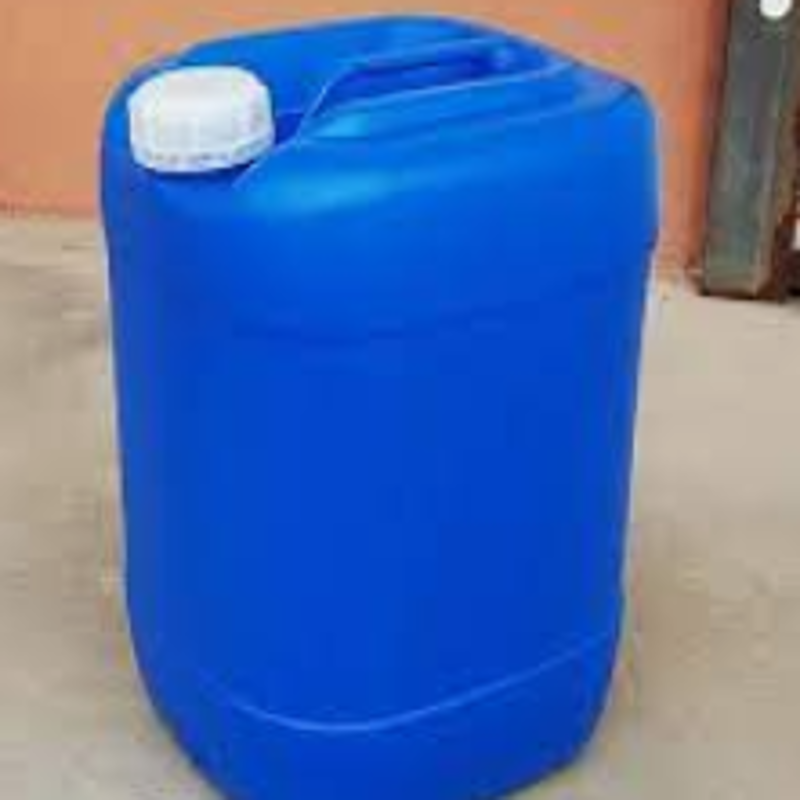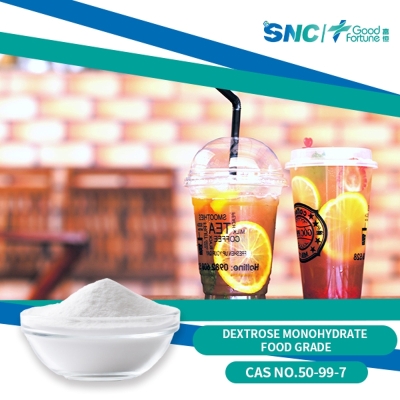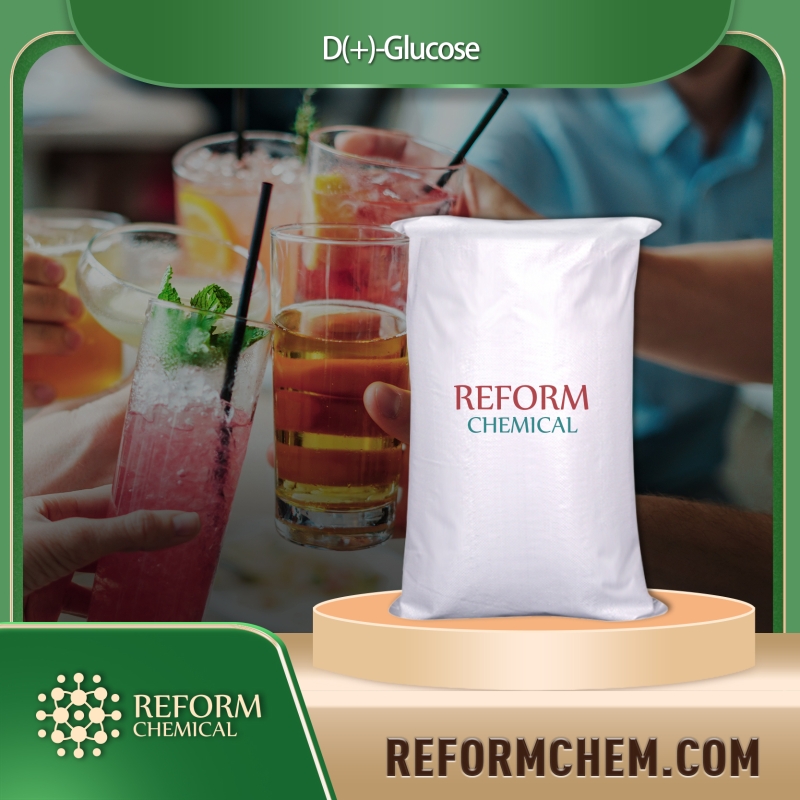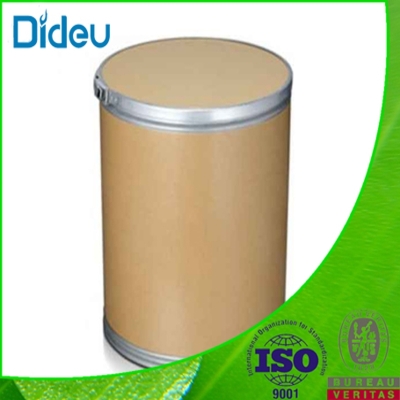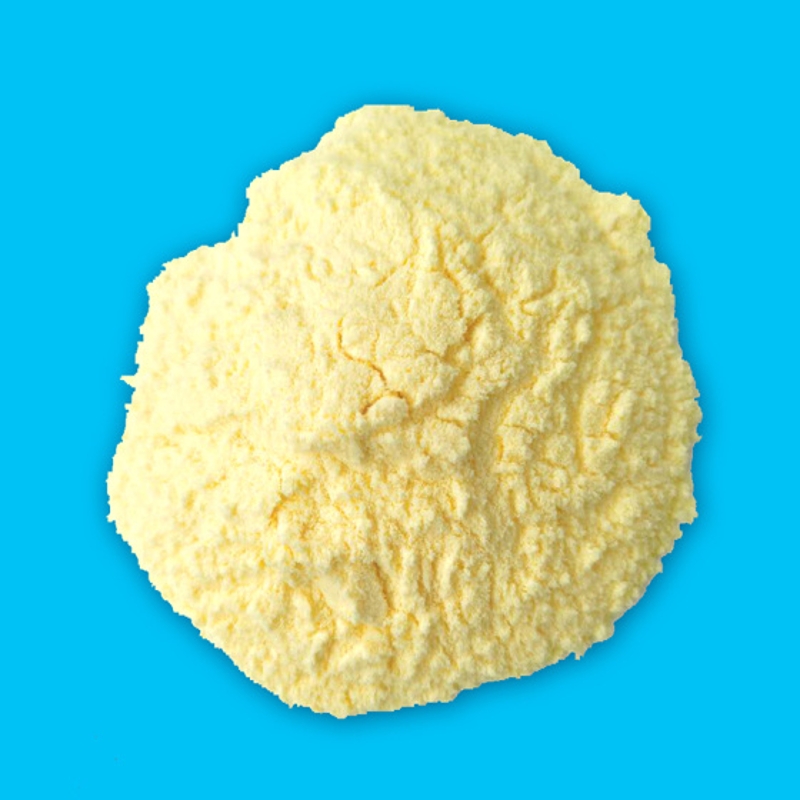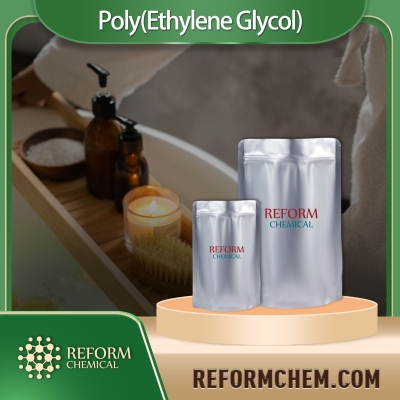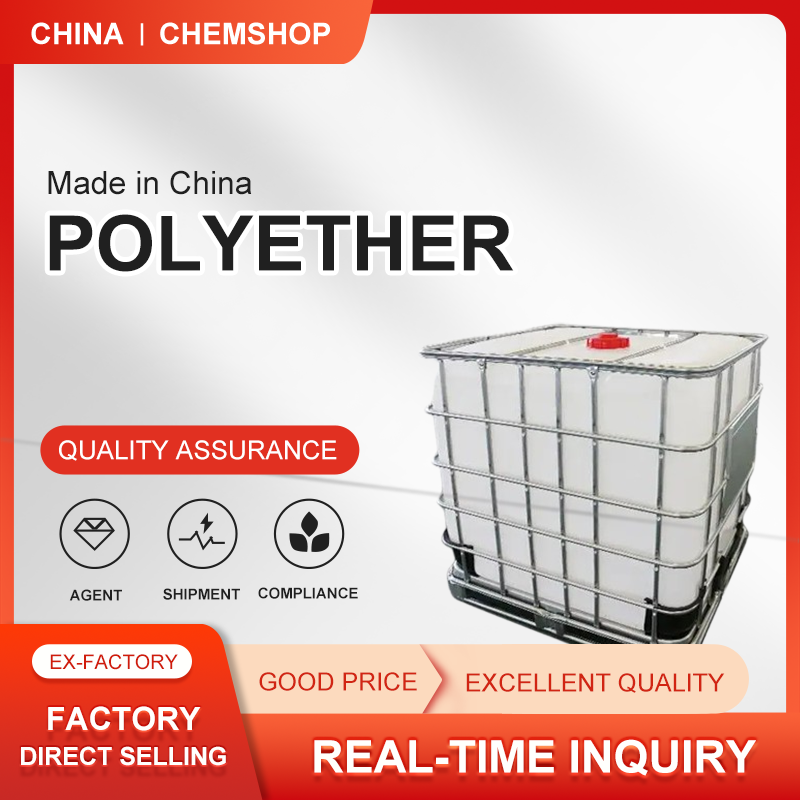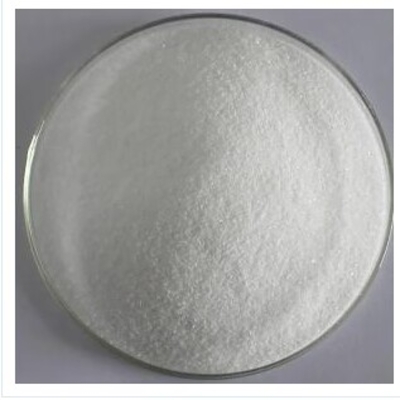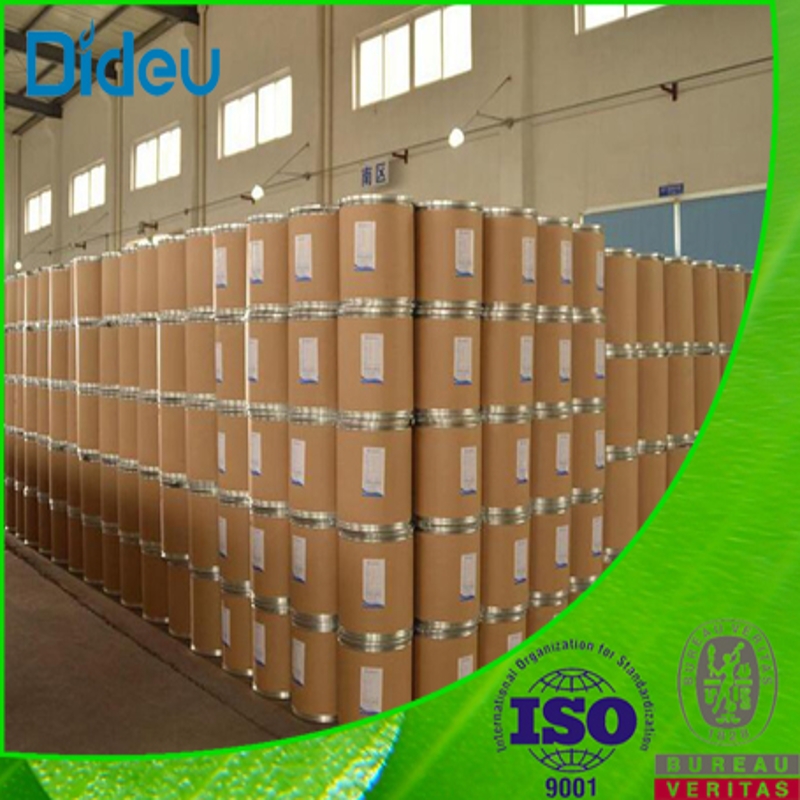Water Treatment Chemical
- • Biocide & Algicide (38)
- • Corrosion Inhibitor (50)
- • Flocculant (54)
- • Water Softener (29)
- • Water Stabilizer (43)
Related News
-
Is MgSO4 Soluble in Water? Everything You Need to Know!
2023-07-17 -
Distilled vs Deionized Water: What’s the Difference?
2023-05-16 -
Curious Chemical Makeup Of Carbonated Water Chemical Structure
2022-11-25 -
Do you know why does salt increase the boiling point of water?
2022-07-07 -
Exploration of burdink two-component water-based paint
2019-11-18 -
LANXESS showcases innovative water treatment technologies
2019-10-31
Water Stabilizer
Citric acid
(77-92-9)-
Food Grade / 99%
-
BP/EP/USP/FCC grade / 99%
$1-1.2/KG EXW
-
Food Grade / 99.9%
-
Industrial Grade / 99%
-
Industrial grade / 99%
$1-1.2/KG FOB
-
Industrial Grade / 99.99%
$950-1100/MT FOB
-
Food Grade / 90%
-
Industrial Grade / 99%
Glucose
(50-99-7)2. Labelled D-Glucose is a simple sugar that is present in plants. A monosaccharide that may exist in open chain or cyclic conformation if in solution. It plays a vital role in photosynthesis and fuels the energy required for cellular respiration. D-Glucose is used in various metabolic processes including enzymic synthesis of cyclohexyl-伪 and 尾-D-glucosides. Can also be used as a diagnostic tool
-
pharmaceutical grade/food grade / 99%
-
Food Grade / 99.8%
$550-700/MT FOB
-
Food Grade / 99%
$5-6.5/KG FOB
-
Chemical Grade / 99%
$20/KG FOB
Glucose
(50-99-7)2. Labelled D-Glucose is a simple sugar that is present in plants. A monosaccharide that may exist in open chain or cyclic conformation if in solution. It plays a vital role in photosynthesis and fuels the energy required for cellular respiration. D-Glucose is used in various metabolic processes including enzymic synthesis of cyclohexyl-伪 and 尾-D-glucosides. Can also be used as a diagnostic tool
-
pharmaceutical grade/food grade / 99%
-
Food Grade / 99.8%
$550-700/MT FOB
-
Food Grade / 99%
$5-6.5/KG FOB
-
Chemical Grade / 99%
$20/KG FOB
Glucose
(58367-01-4)-
National Grade / 99%
-
-
Food Grade / 95%
-
![GLUCOSE buy GLUCOSE]()
Source Water Stabilizer Products Supply
Polyaluminum chloride
(1327-41-9)-
drinking water grade / 29%
-
Water Treatment Level / 30%
-
Industrial grade & Drinking water grade / 30%
-
Water Treatment Level / 30%
Polyethylene glycol
(25322-68-3)2. Poly(ethylene Glycol) molecules of approximately 2000 monomers. Poly(ethylene Glycol) is used in various applications from industrial chemistry to biological chemistry. Recent research has shown PEG maintains the ability to aid the spinal cord injury recovery process, helping the nerve impulse conduction process in animals. In rats, it has be
-
Industrial Grade / 99%
$1.3-1.6/KG FOB
-
Cosmetics Raw Material Beauty / 70%
-
-
Pharmacy Grade / 99%
Iron oxide (Fe2O3)
(1309-37-1)-
Industrial Grade / 99%
-
- / 99.00%
-
Industrial Grade / 99%
-
- / 99%
Request for quotation , get quotes from more suppliers.
Polyacrylamide
(9003-05-8)-
Water Treatment Level / 99%
-
Water Treatment Level / 95%
-
Water Treatment Level / 90%
-
Water Treatment Level / -
Activated charcoal
(64365-11-3)2. Used for PSA separation of air and preparation of nitrogen.
3. Mainly used in the Chinese or western original drug in pharmaceutical industry.
4. It is suitable for the decoloring and deodorization of brewing industry, production of
-
Water Purifier / -
-
Chemical Grade / 99%
$10/KG FOB
-
Top Product / 99%
-
Source Water Stabilizer Raw Materials by Region
More Information
Water stabilizers offer cost-effective solutions for ensuring water purity and safety. Water stabilizers help prevent fluctuations in water quality and maintain desired parameters such as pH levels and alkalinity.
The function of water stabilizers can be understood through their ability to counteract changes caused by external factors, ensuring consistent water quality. They work by neutralizing acidic or alkaline substances in water, thereby preventing corrosion and scale formation in pipelines and equipment.
Key components of water stabilizers:
•sodium bicarbonate
•calcium carbonate
•phosphates








